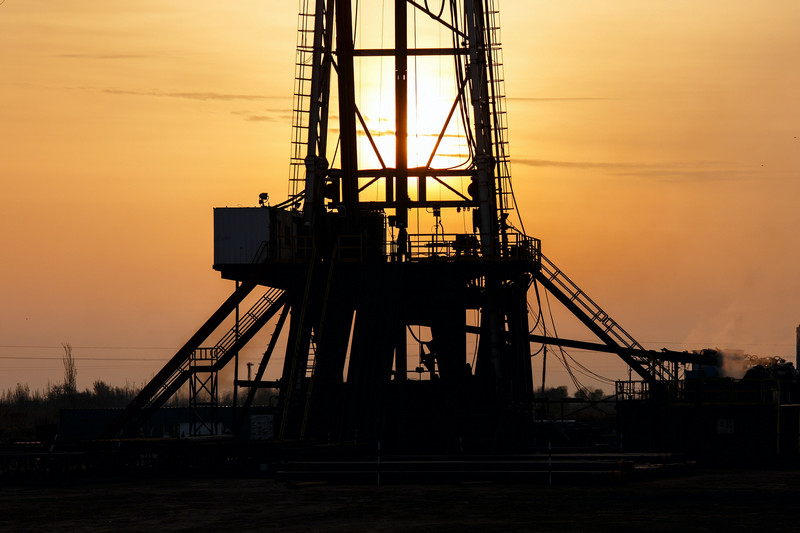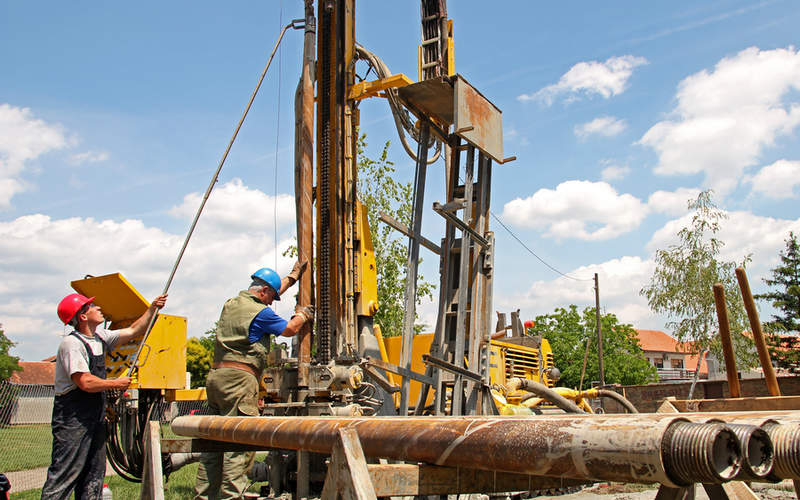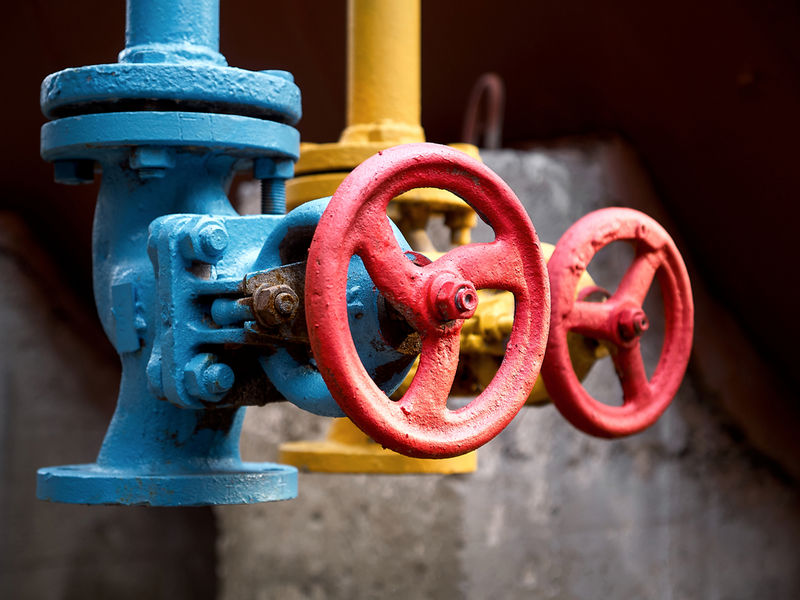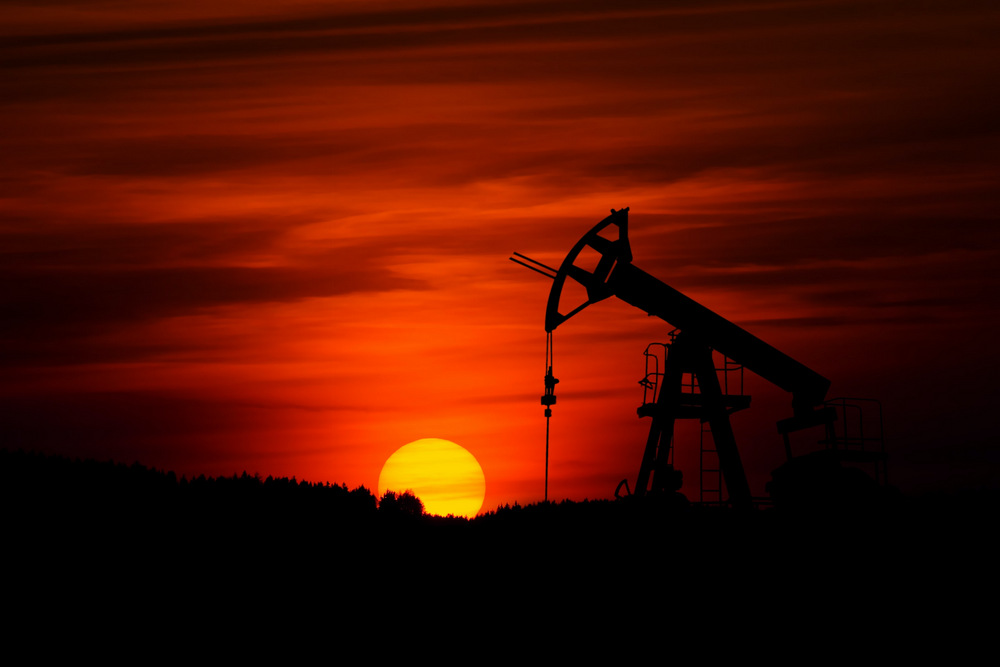Onshore oil and gas drilling navigates deep into the land to explore, discover, and extract oil and gas. The offshore oil and gas extraction process involve drilling beneath the sea to produce energy sources.
Onshore drilling practice uses mobile and conventional (mostly immovable) rigs. An onshore oil rig is usually more cost-effective and faster to set up. This is because there is no need for housing, helicopter transportation from and to the site, and food and other crew maintenance supplies, on the rig.
Offshore rig structures are sizeable, expensive, and highly efficient for several years into the future. The common types of rigs used for an offshore operation include floating rigs and bottom-supported rigs. Bottom-supported rigs are connected to the seabed while floating rigs do not have such contact.
How Are Oil and Natural Gas Extracted?
Here, we take a deeper look at the main steps involved in the onshore extraction of gas and oil.
The oil and gas extraction industry run on the following major processes:
- Exploration – This process involves a search for natural gas and oil deposits. Rock formations are examined for the presence of such deposits. Methods such as exploratory drilling or geophysical prospecting may be used to identify energy deposits.
Geophysical prospecting involves a study of the physical properties of rock formations and analyzing the formations for oil and gas deposits. Seismic equipment may be used as part of the exploration process.

This equipment enables explorers to send sound impulses into the earth. The echoes transmitted are recorded to create images of the rock formations present at the specific location. The formations are then analyzed for oil and gas deposits.
- Well Development – This step begins once the Exploration stage discovers a successful location for oil and gas extraction. One or more wells may be drilled from scratch in the proven area.
This process of well drilling may extend to well completion in case deposits are found, or to well abandonment in the absence of such deposits.
- Rig Site Preparation – The proven location is prepared for drilling. The preparation process involves setting up on-site infrastructure.
This step involves intense planning with meticulous attention to each and every detail, from the creation of traffic plans and noise barriers to the construction of access roads and pads. All safety norms necessitated by local and state laws are planned and executed accordingly.
- Drilling – This step starts with the crew bringing in the drill rig to the location. The next step is to assemble the infrastructure needed to extract oil and gas from a depth of approximately a mile below the earth’s surface.
As the next step, a well is drilled below the ground beneath the drill pad. As the first step to this well drilling process, a surface hole is made at a distance of 100 feet below an aquifer that has been analyzed to be the deepest. An aquifer is a water-bearing rock or sediment. The discovered aquifers are all safeguarded from the risk of pollution by introducing a steel casing at the locations.
The next step is drilling a longer hole at a distance of approximately 1000 feet deep below the ground. This is the location where the oil and gas deposits are present. After the required depth is reached, equipment is used to steer the hole horizontally, over a distance usually spanning a mile or two. Care is taken to ensure that the hole is steered along the rock bed that has oil and gas deposits.

This method enables extractors to derive oil and gas deposits located over a longer distance than just those deposits hidden below the well pad.
Equipment used for drilling includes:
- Mud motors
- Specialized drill bits and whip stocks
- Bottom Hole Assembly
- Rotary Steerable Systems
- Multi-Angle Cameras
- Wires Pipe
- Well Cementing and Pipe Testing – The drill pipe is removed after the target depth is reached. A steel pipe is introduced. This pipe serves as a casing for the well. It is cemented in place. The crew executes a wide range of tests to ensure that the pipe is impenetrable.
Multifunction flowheads, floor chokes, surface safety valves, and emergency well shutdown systems, are used for the process. The process also includes equipment such as blenders and mixers, cementing plugs, turblolizers, centralizers, scratchers, and float collars and shoes.
- Well Completion – In this process, a perforating gun is used to create holes in the rock formation situated in the deepest location of the well. These holes create a contact between the rock holding energy deposits and the wellhead.
- Fracking – This is the process that frees energy deposits within the target rock formations. Real-time information about the well such as pressure is captured live using specialized sensors and monitored.
Fracking fluid, which is a combination of water and sand in 99.5% proportion, and chemicals in 0.5%, is introduced into the well through pumping. The pumping is performed at high pressure. The holes created during Well Completion are used to introduce the fracking fluid.
This method creates thin cracks in the target rock formations, letting out the gas and oil within.
Well Completion and Fracking are repeated till the entire lateral length of the well has been covered. This could amount to 20 or 30 repetitions.
High-volume and high-pressure fracking pumps, fracking fluid blenders, and huge storage tanks for sand, chemicals, water, and wastewater, are some common fracking equipment used on site.

- Oil and Natural Gas Production – Freed up energy deposits flow up the well once fracking is completed. The fracking fluid goes through a recovery process. The recovered fluid is used for other fracking operations.
Production separators are used to separate raw energy deposits.
- Site Abandonment– This process involves well plugging and restoring the location to its original state. As part of well plugging, fluids circulating within the well are either forced out or forced into the rock formations. The well is filled with drilling fluids strong enough to withstand the pressures of an open rock bed.
Chemical cutting devices, hydraulic cutting machines, and fishing tools are common in a Site Abandonment process.
In Conclusion
Working knowledge of the steps involved in an onshore oil and gas extraction process is crucial to ensure on-site safety. This knowledge also helps the crew plan operations ahead with minimal risks.
Well-planned operations are important to ensure faster and efficient process completion.


